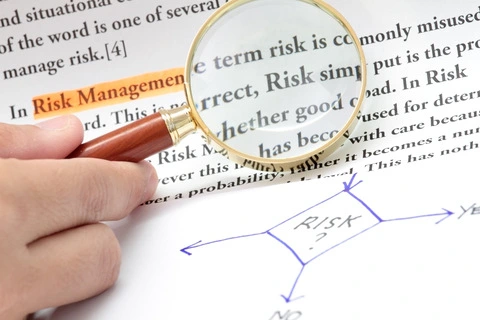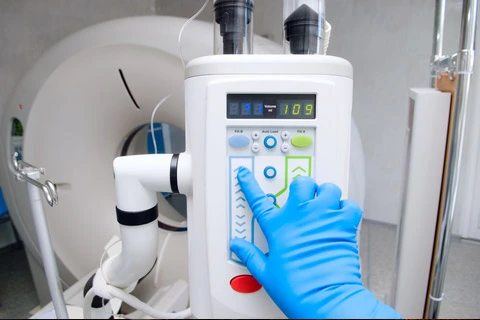
Principles of Risk Assessment
Risk Assessment standards address the multifaceted methodology at the core of risk assessment and risk management programs. They outline the basic terminology, principles, and guidelines for the implementation of risk assessment practices intended to enhance safety in the workplace. Procedures for the identification of hazards, the estimation and evaluation of risk, and the substantial reduction of said risks are expounded upon in great detail. An understanding of and coherent approach to risk assessment is vital to the curtailment of risks associated with machinery.









